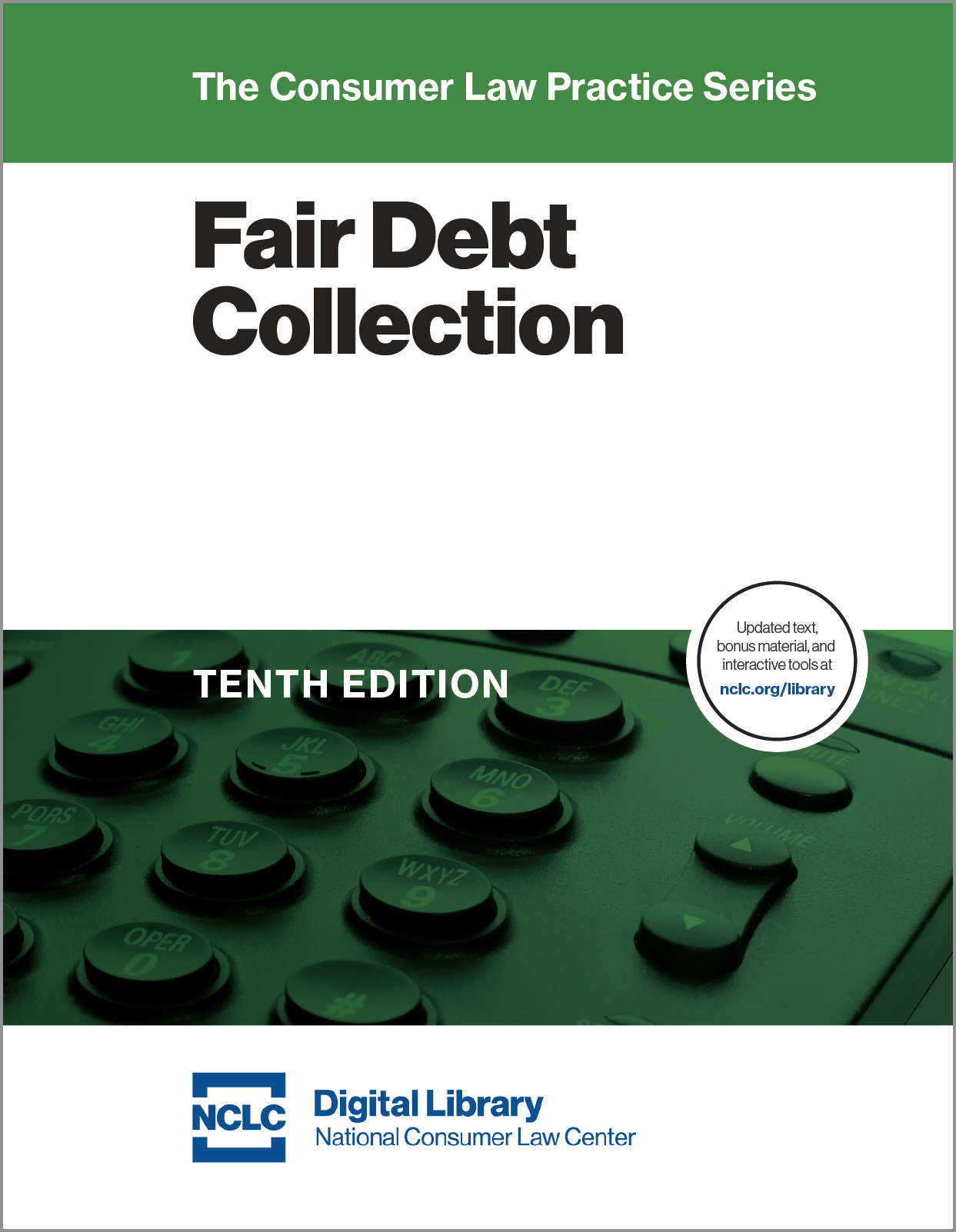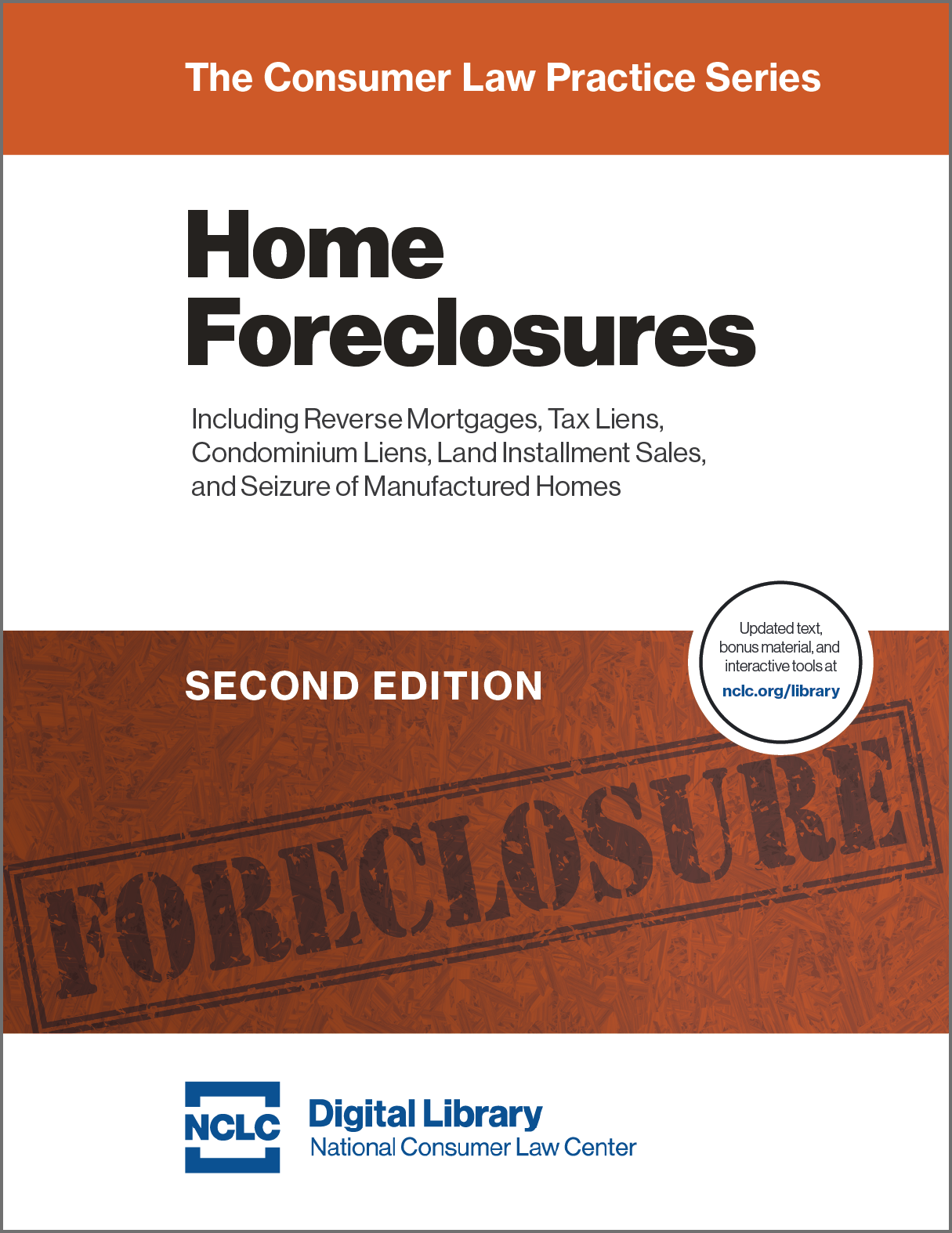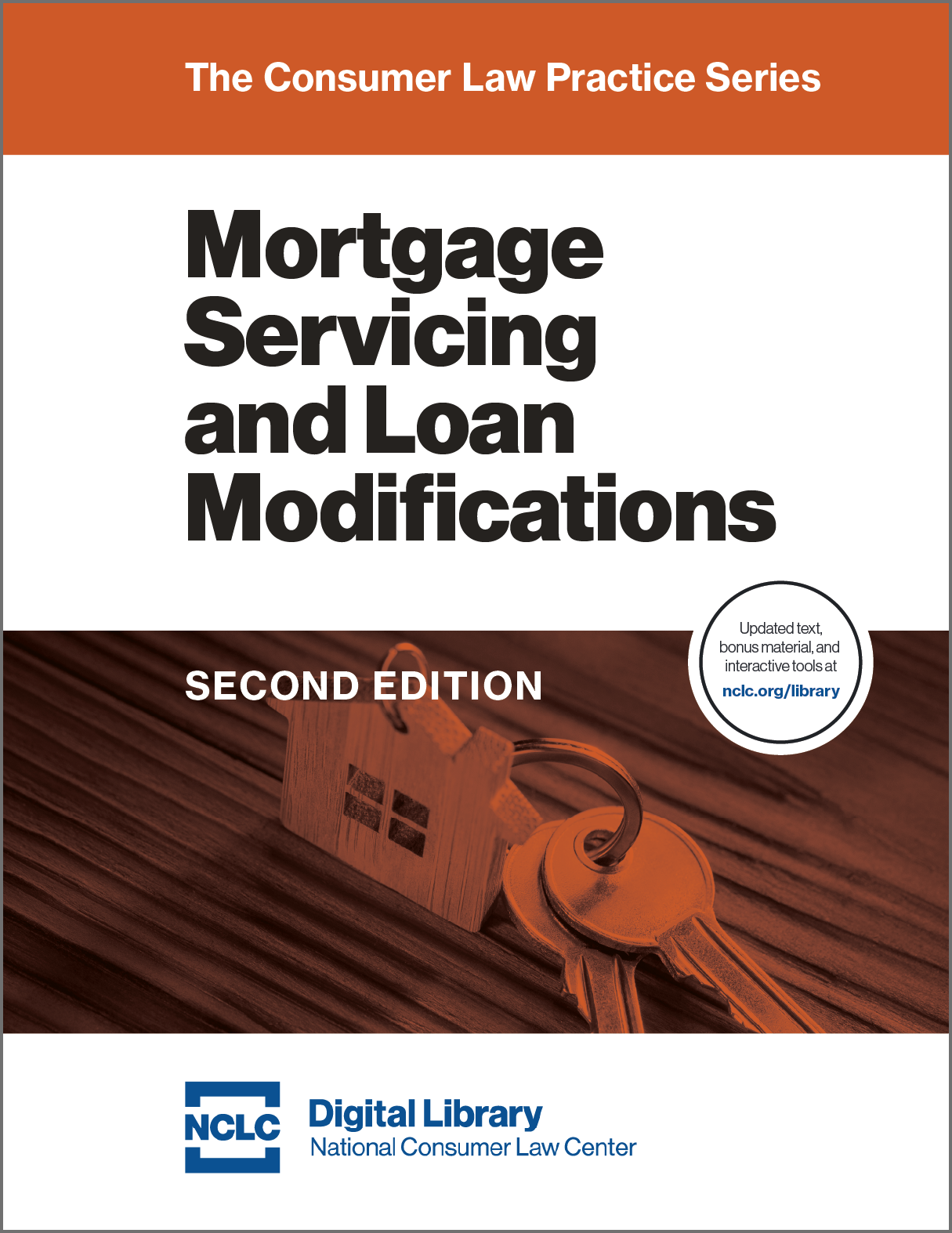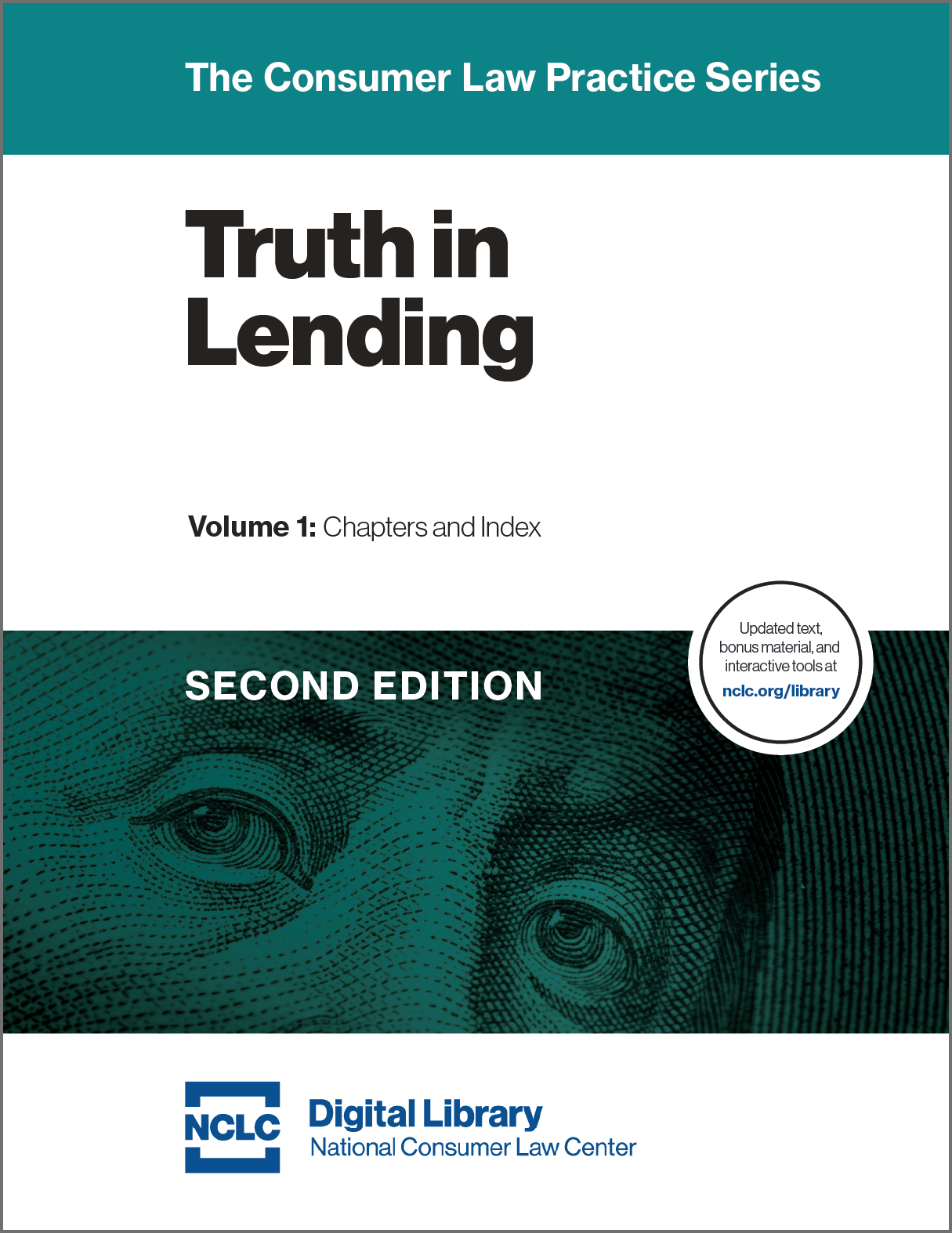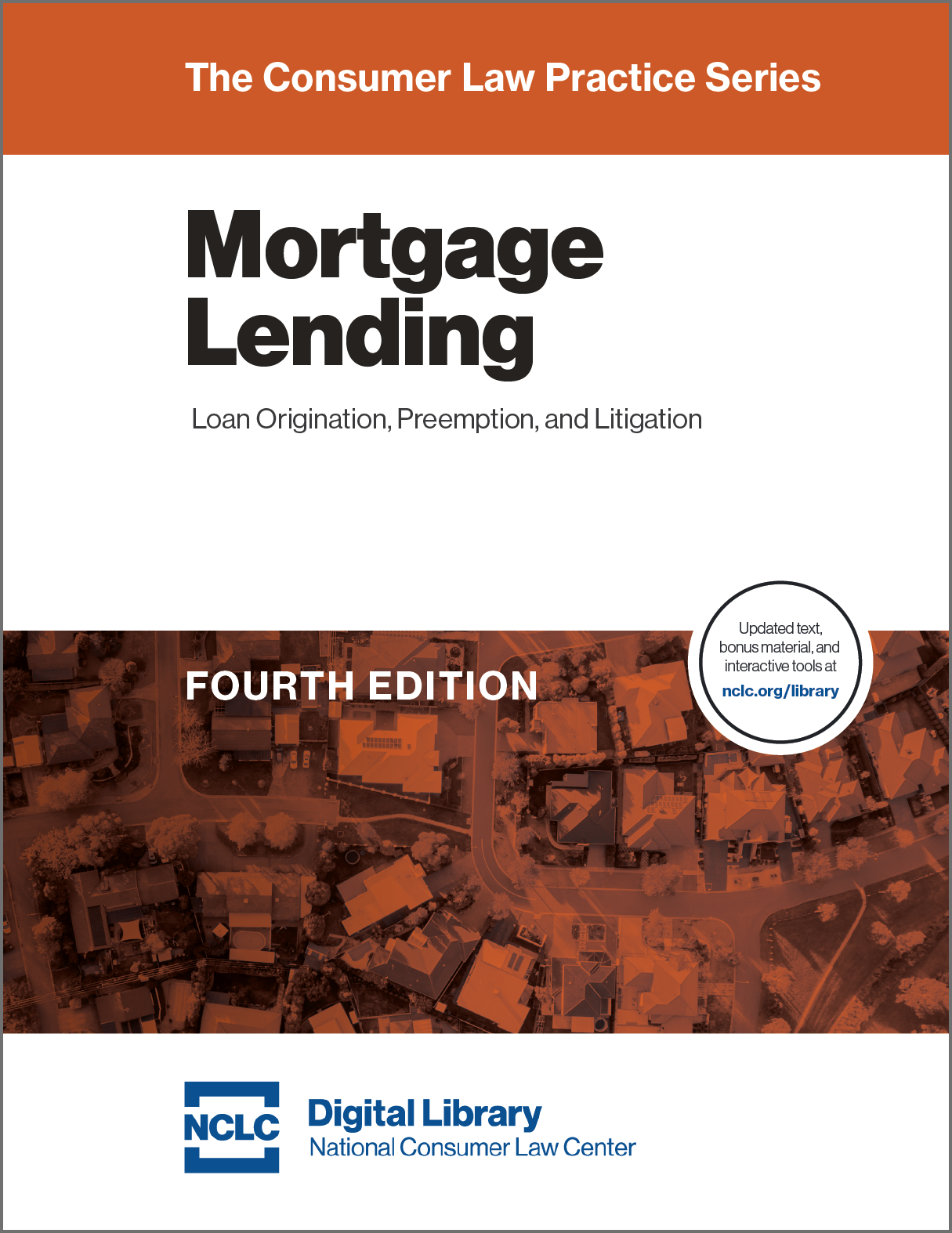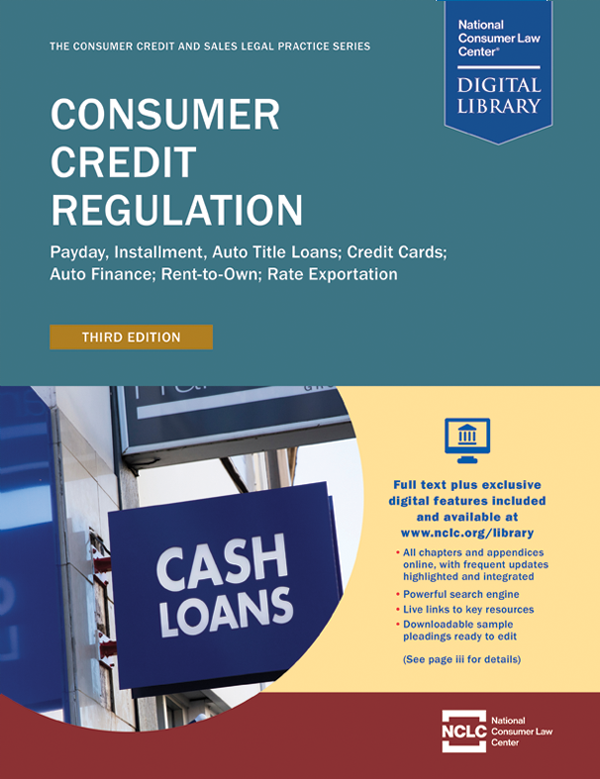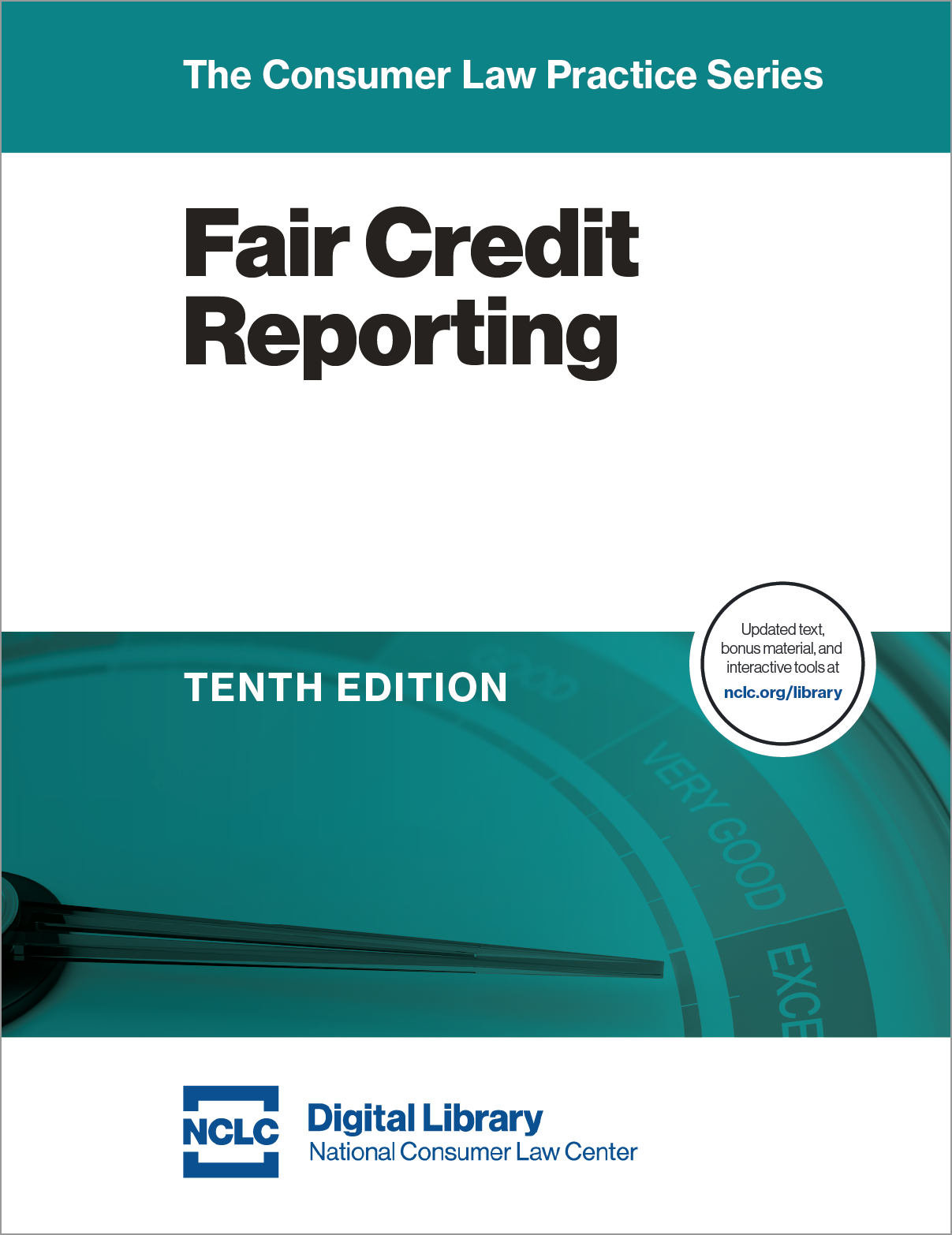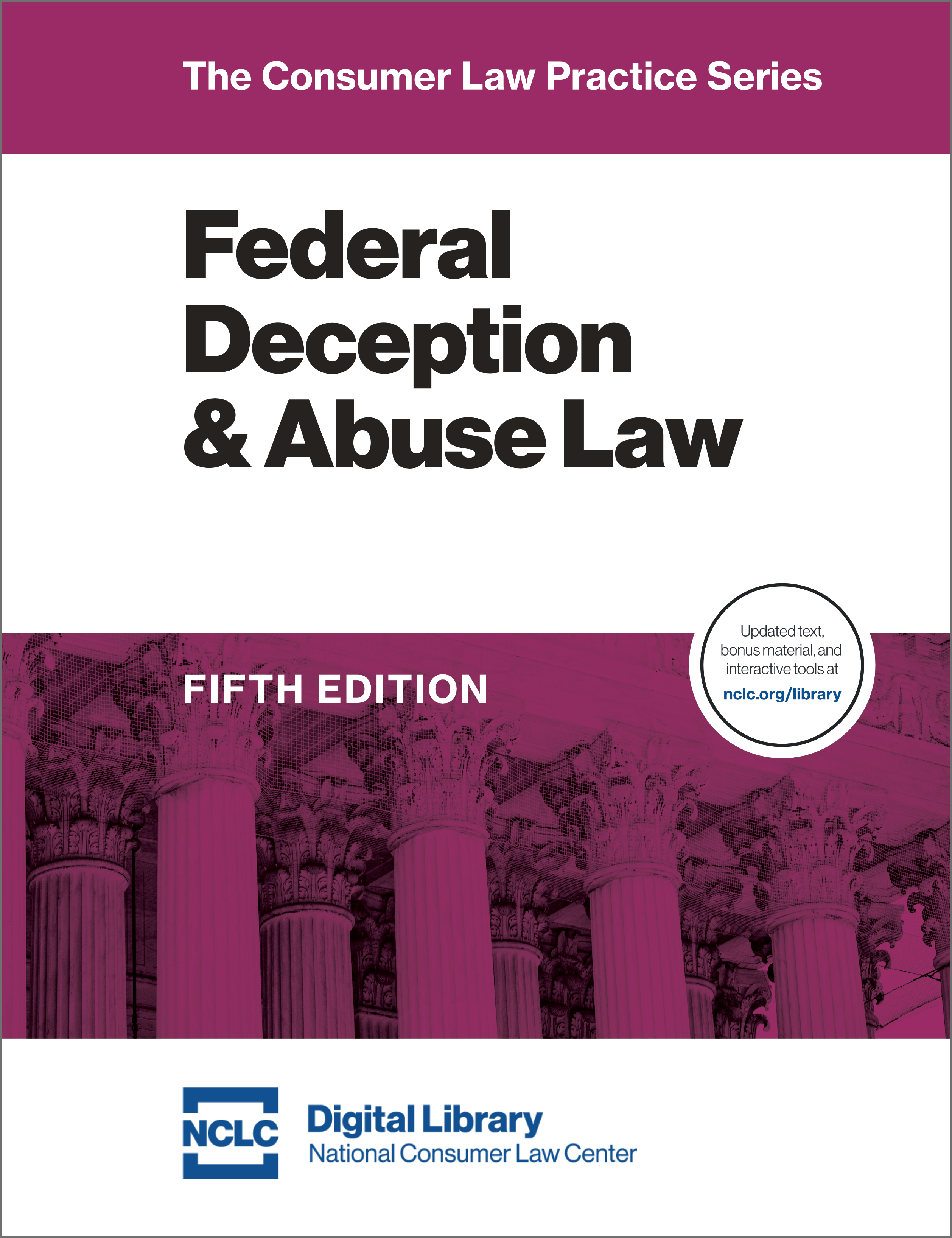Search
Mortgage Relief for Homeowners Affected By COVID-19
Bankruptcy’s Role in Alleviating Criminal Justice Debt
Unpaid criminal justice debt can have draconian consequences, and this article explains how a bankruptcy filing can sometimes be effective in reducing that debt. Although criminal fines and restitution orders are not dischargeable in bankruptcy, other portions of a filer’s criminal justice debt may be dischargeable. The article also links to several resources covering this topic: a free May 13 webinar, a recent report, and NCLC treatises.
Advising Clients When an Abusive Partner Coerces Debt
This article provides practical tips for advising clients with debt incurred by an abusive partner through coercion and fraud—developing a safety plan, documenting the coerced debt, protecting bank accounts, dealing with unauthorized credit card use, preventing an abuser from opening new accounts in the victimized partner’s name, addressing coerced debt on a credit report, and dealing with home mortgages.
Holding Off Foreclosures While Homeowners Await Billions in HAF Payments
Only about half the states are now accepting homeowner applications for payments from the Homeowner Assistance Fund (HAF), and few funds so far have been distributed. At the same time, because of the end of many COVID-19 related homeowner protections, large numbers of homeowners may soon face foreclosure.
This article explains which homeowners are eligible for HAF payments and explores solutions for the urgent problem that many eligible homeowners may lose their homes before they are able to receive the HAF payments which would have saved their homes.
Homeowner Tactics to Overcome Problems with Tangled Titles
A new NCLC Digital Library article sets out practical solutions to problems arising from a homeowner's death in dealing with mortgages, foreclosures, reverse mortgages, property taxes and tax sales, utilities, and relief after natural disasters. The advice focuses where a home’s title is tangled—the home is stuck in probate or families living in a home for generations have never properly transferred the home’s title.
FDCPA Litigation Using New Reg. F: Pleading Tips & Recently Alleged Violations
This article provides ten pleading tips when bringing Fair Debt Collection Practices Act claims based on the new requirements found in CFPB Regulation F. The article then surveys recent federal court complaints alleging Regulation F violations as indicative of the violation patterns emerging in the six months since the Regulation’s effective date. The article links to the full text of complaints illustrating the types of violations being alleged.
LIBOR’s Death Will Soon Impact $1.4 Trillion in Consumer Contracts
The most widely used index for adjustable-rate consumer contracts, the LIBOR, will soon cease to exist. This article explains new legal requirements that will apply when creditors are forced to change the index and margin on $1.4 trillion of adjustable-rate consumer contracts—millions of home mortgages, home equity lines of credit (HELOCs), credit cards, and private student loans.
Image
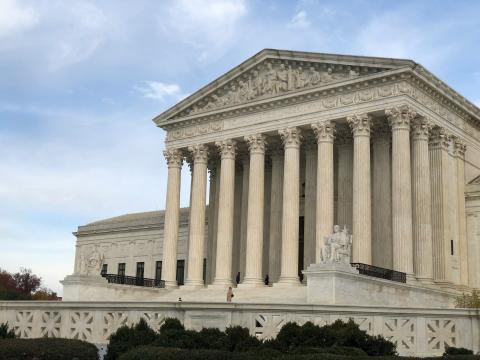
Consumer Litigation Guide to Supreme Court Rejection of Chevron
Two just-decided Supreme Court rulings facilitate industry challenges to federal agency rules. This article examines the implications of these decisions for consumer attorneys bringing federal rule-based claims where defendants now argue the rule is invalid or inapplicable. The article recommends eight steps to respond to these Supreme Court decisions to preserve the consumer’s claims.
